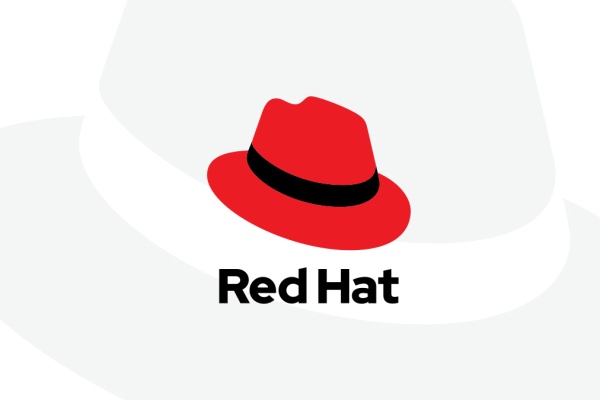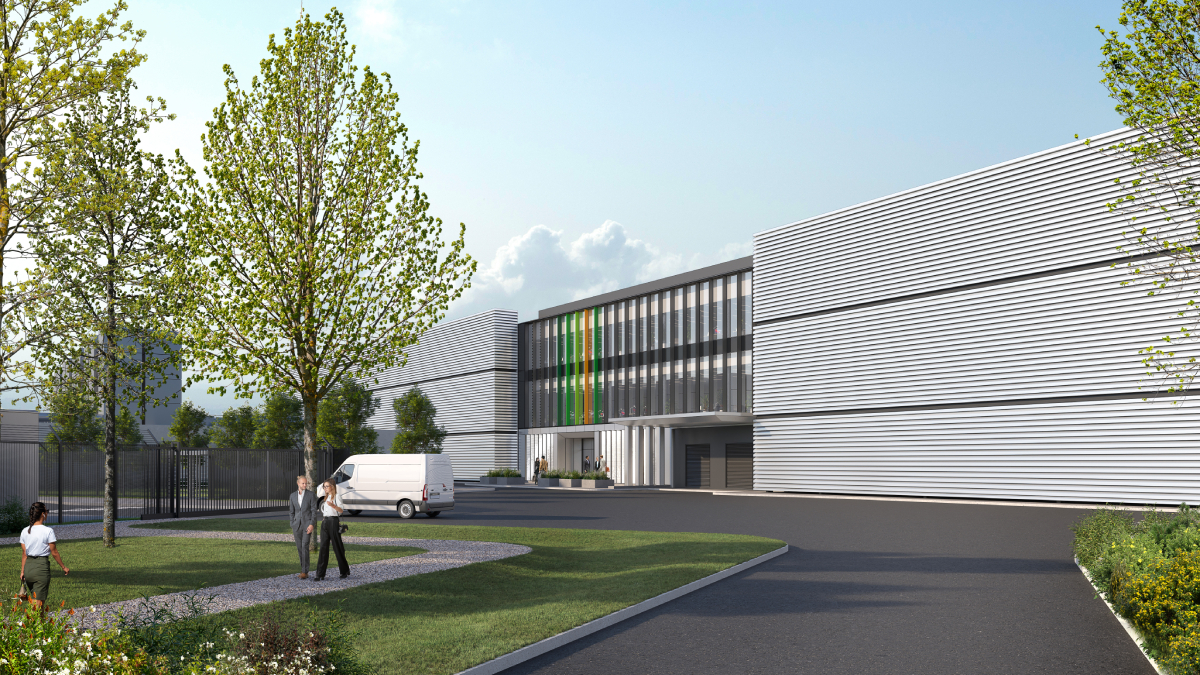Red Hat is helping organisations on their journey to digital transformation with the latest release of Red Hat Process Automation.
New capabilities have been designed to address functional and knowledge gaps between IT developers and business analysts.
This enables them to apply domain-specific expertise to the development of applications that automate processes and decisions, to more rapidly adapt to a changing business environment.
According to industry analyst firm Forrester, “The way we do business is changing, and there is a major push underway to reframe organisational operational processes around digital transformation efforts.
“The nature of core organisational processes is changing to meet customer expectations and keep up with the increasing threat of more automated, disruptive competitors.”
As a result of this shift, and the increasing role of software as a catalyst for competitive differentiation, both business and development teams are now on the front lines of digital transformation.
Red Hat Process Automation enables these teams to work together – each contributing their own unique expertise, and each using tools and technologies tailored to their skills – to create modern, cloud-native applications aligned with key business objectives.
To support this collaborative and integrated approach, the latest release of Red Hat Process Automation introduces a collaborative environment where individuals can make changes to project assets independently and simultaneously.
Using these shared workspaces can lead to a more efficient, iterative and agile development process.
New capabilities designed to help users more easily model processes and decisions, and build applications to automate them, include:
- An integrated modeler for building Decision Model Notation (DMN)-compliant decision models;
- An editor specifically designed for creating case management models (currently in Tech Preview);
- Test scenarios that enable users to define, test and validate decision models before moving them into production. Test scenarios work with both traditional models, created with rule and decision table editors, and with DMN models created with a DMN editor.
- Rule models that can be compiled into an executable form that are designed to improve start-up and execution times, and as a result, applications can better conform to the needs of cloud and Function-as-a-Service environments.
Red Hat Process Automation has been optimised for deployment on Red Hat OpenShift Container Platform, a comprehensive enterprise Kubernetes platform, giving IT developers and business users a common infrastructure for building and scaling microservice-based applications across hybrid and multi-cloud environments.
Combined with other Red Hat Middleware on OpenShift, Red Hat Process Automation helps create an application environment where developers can innovate with higher productivity yet at the same time create solutions that are more reliable in production.
A new Red Hat-certified Kubernetes Operator simplifies this task by automating the installation, configuration and management of Red Hat Process Automation on OpenShift, which can not only reduce the workload on operations staff, but can also improve the resiliency of process automation services.
The overall business automation value chain encompasses a spectrum of technologies. Process automation, which primarily includes capabilities for business decisions and processes, can be augmented with tools designed to automate specific, repetitive tasks, such as Robotic Process Automation (RPA).
Red Hat is collaborating with RPA innovators to help customers better meet business objectives through end-to-end automation.




